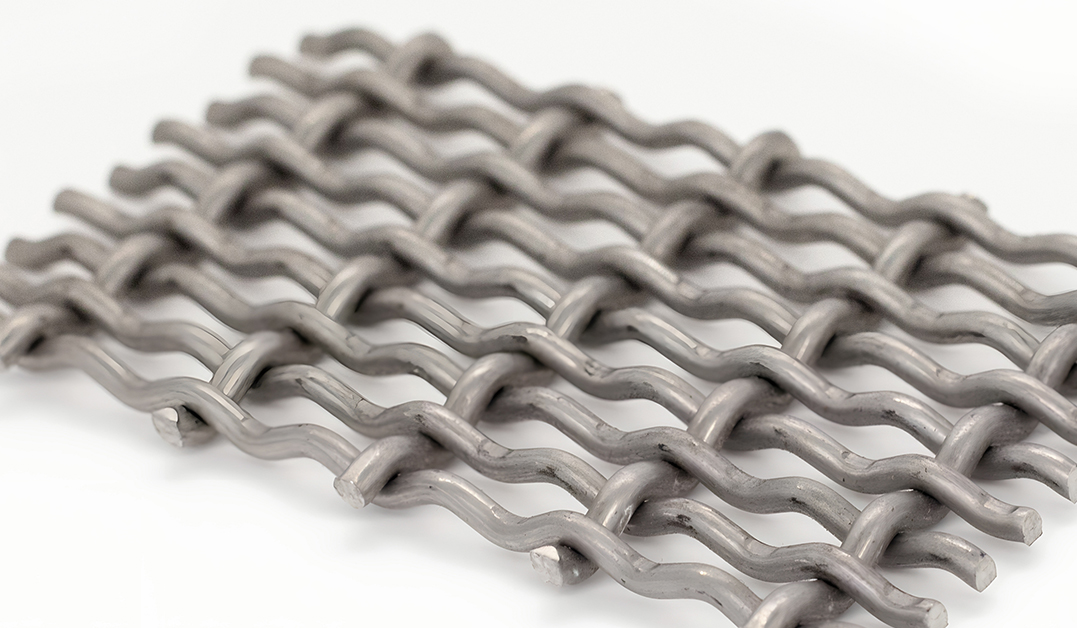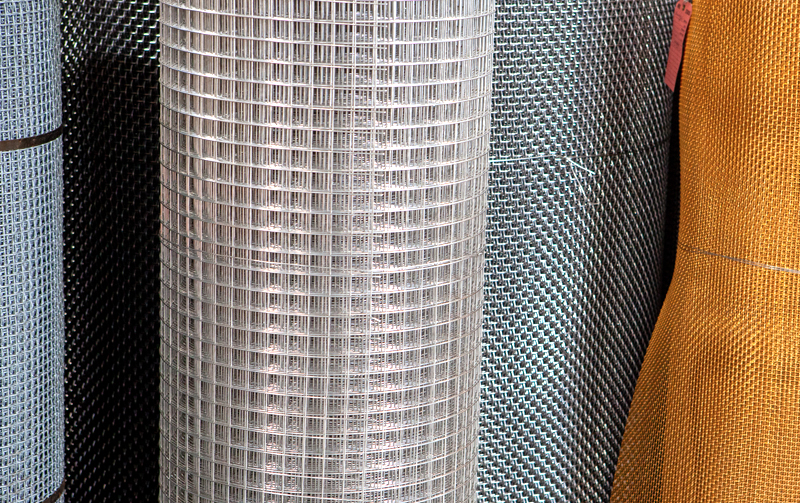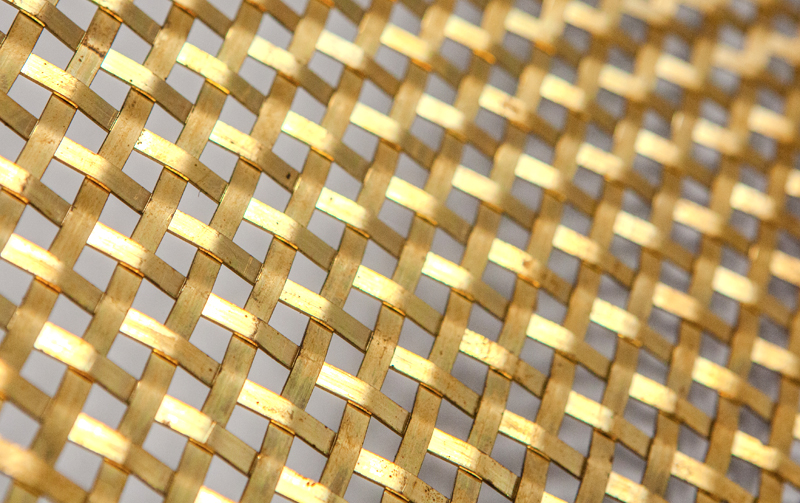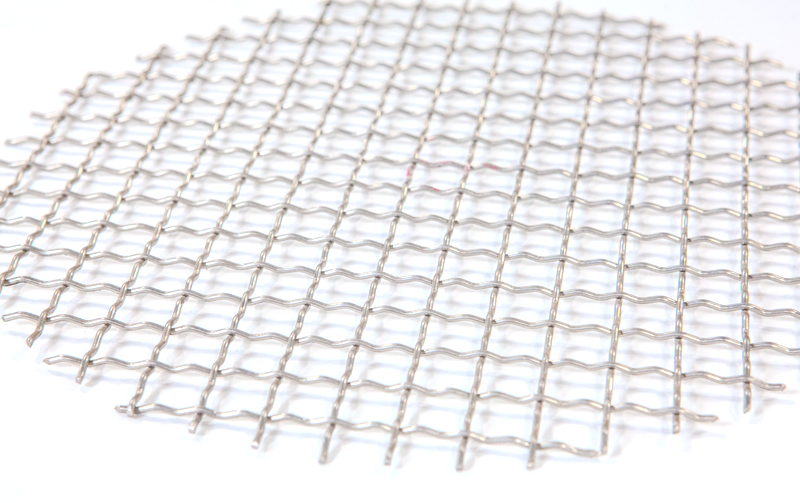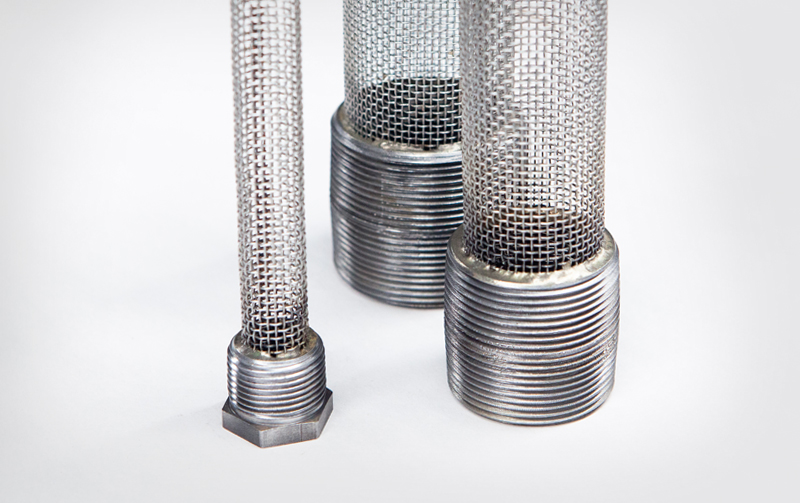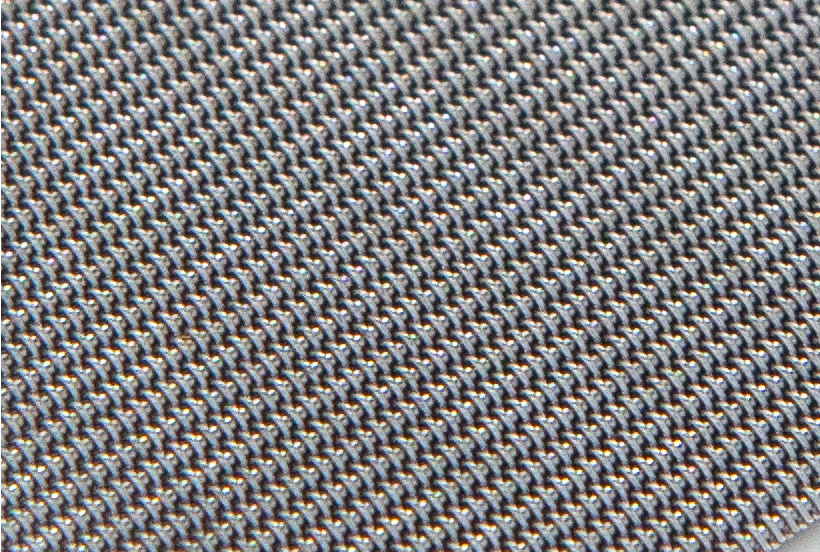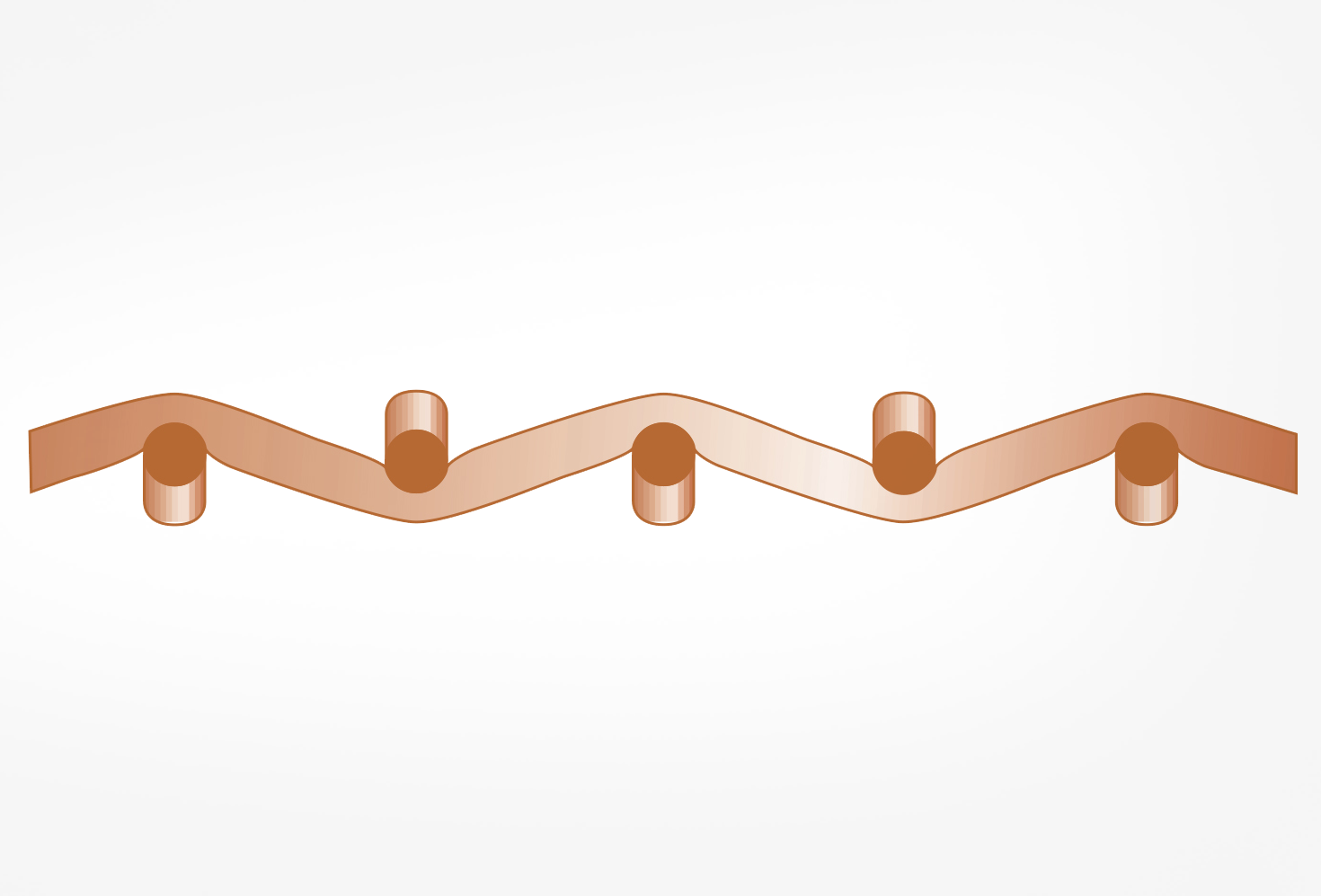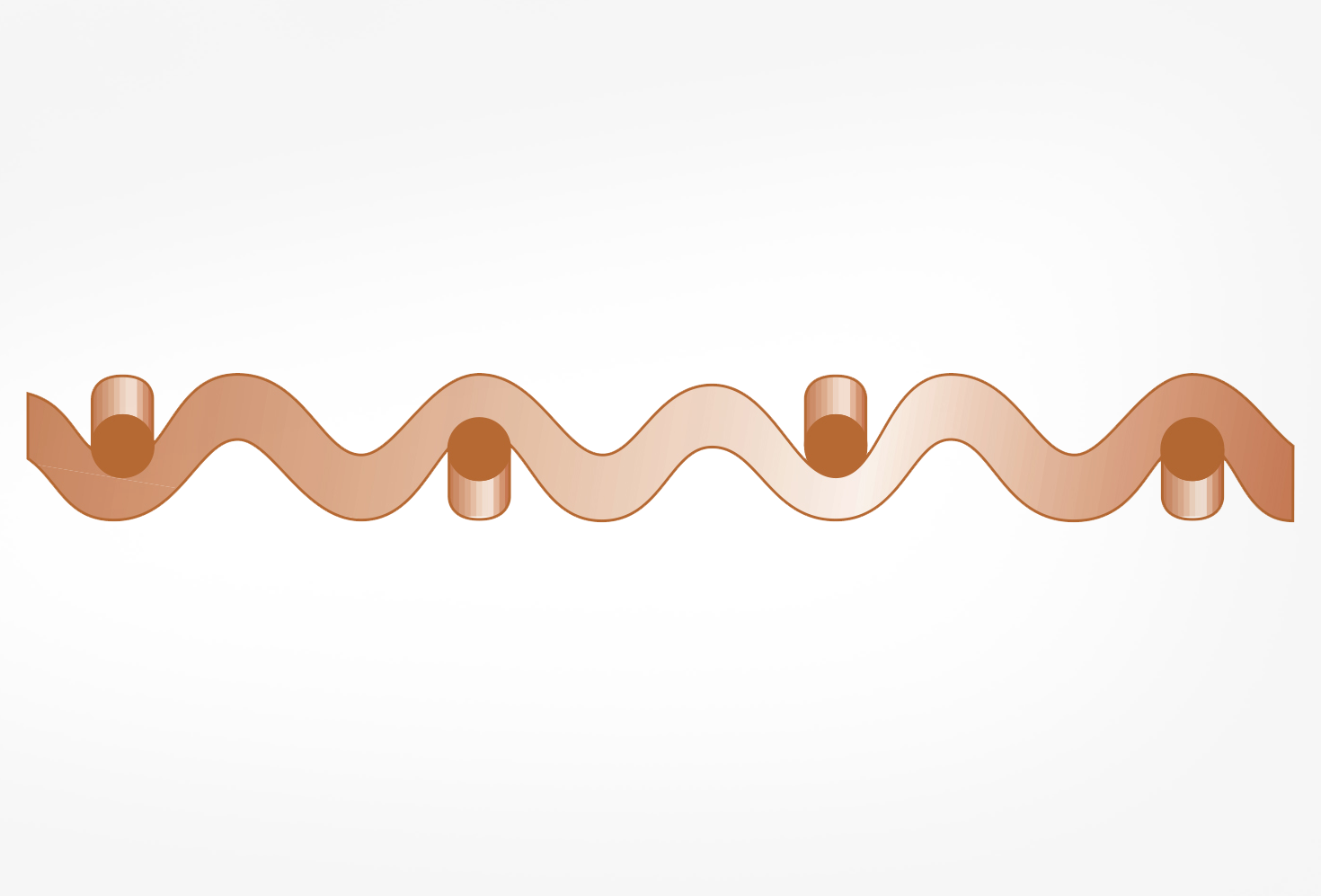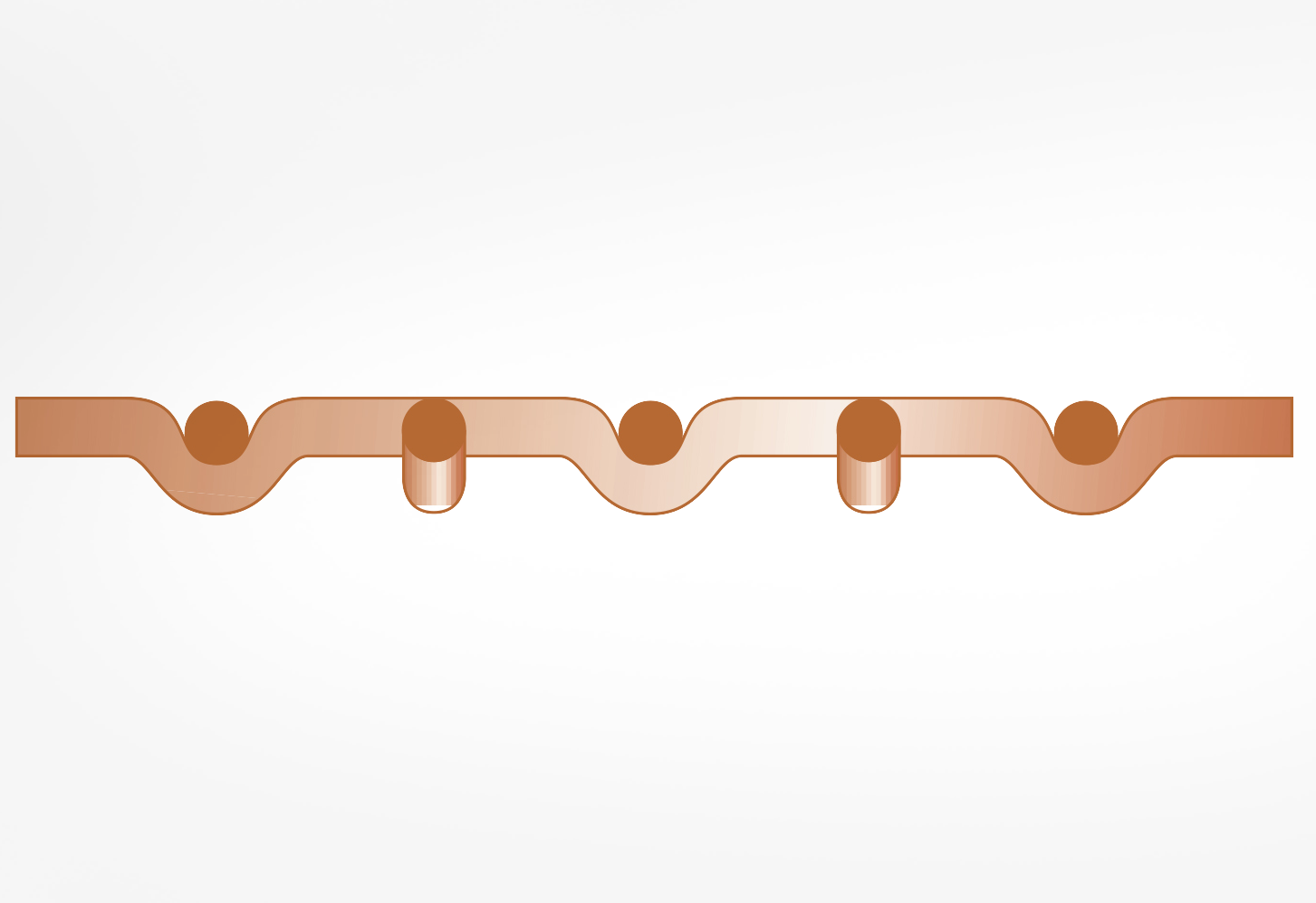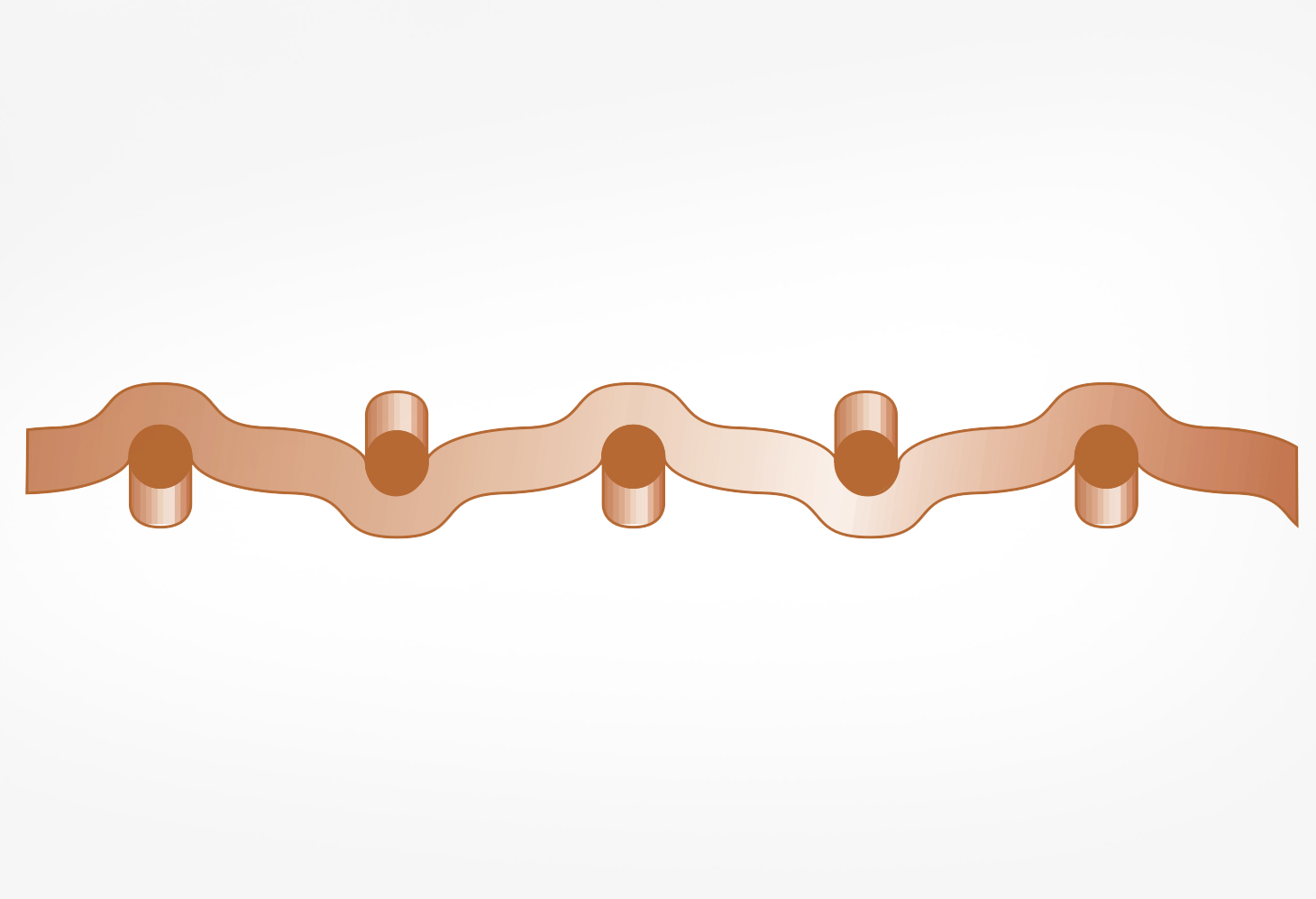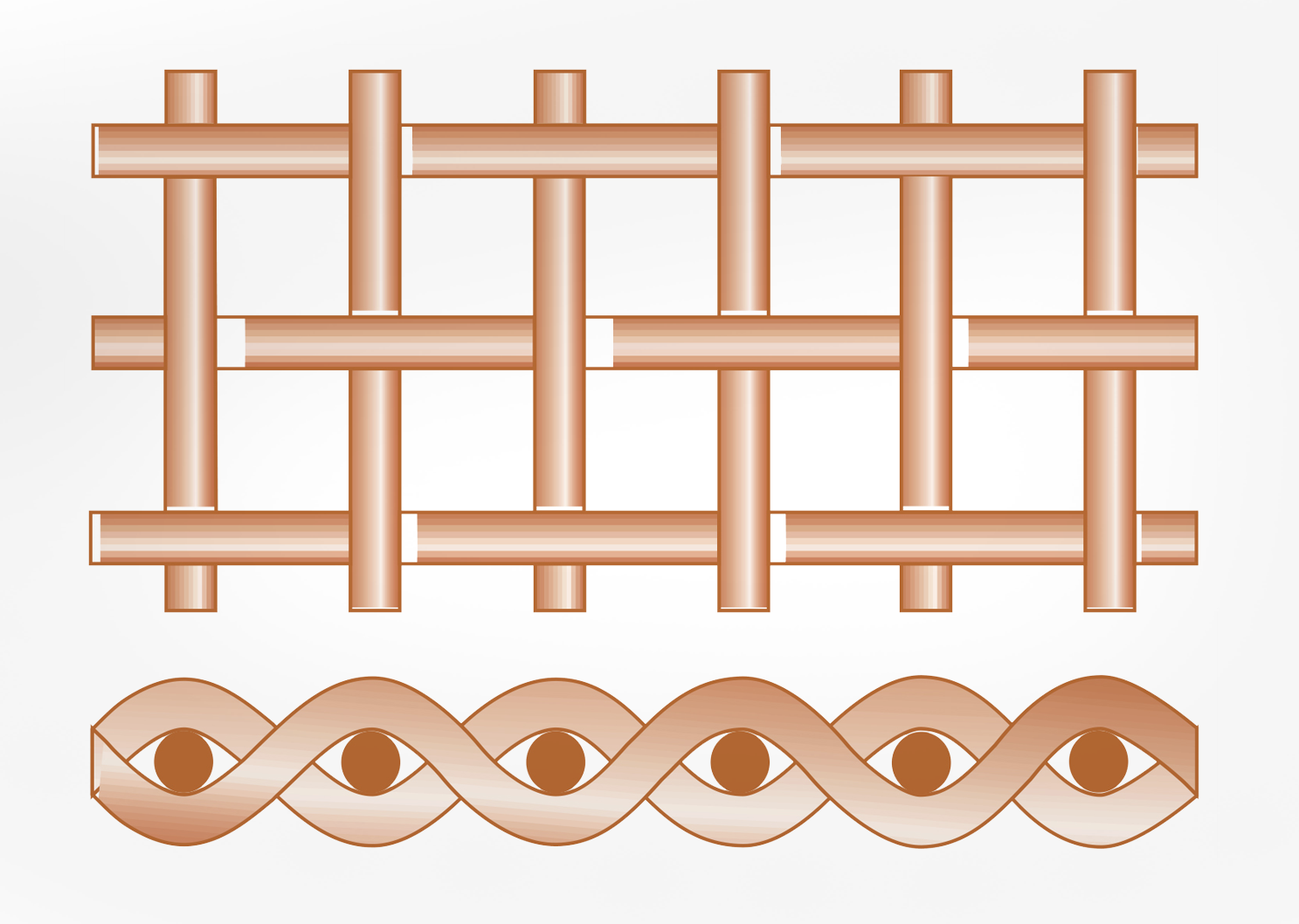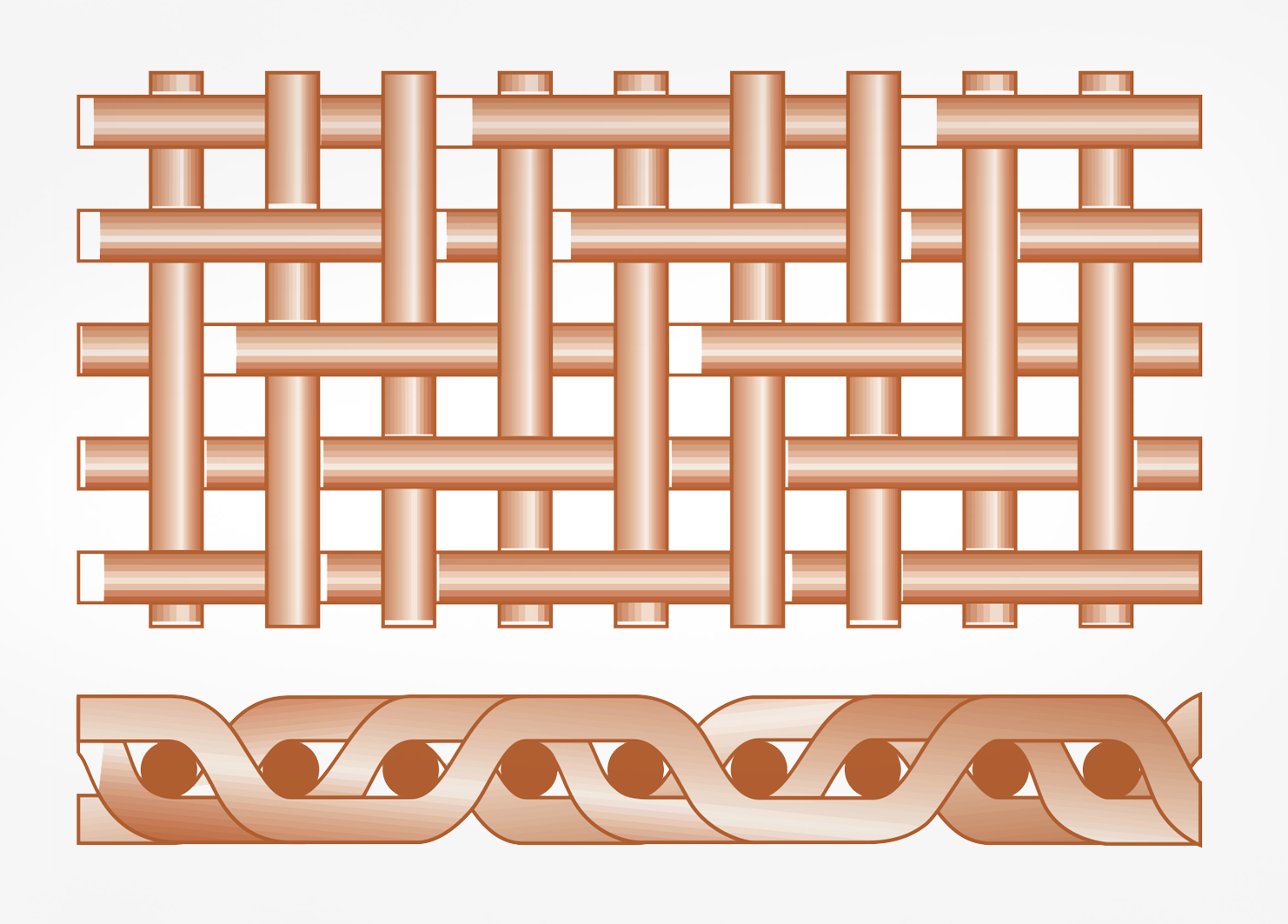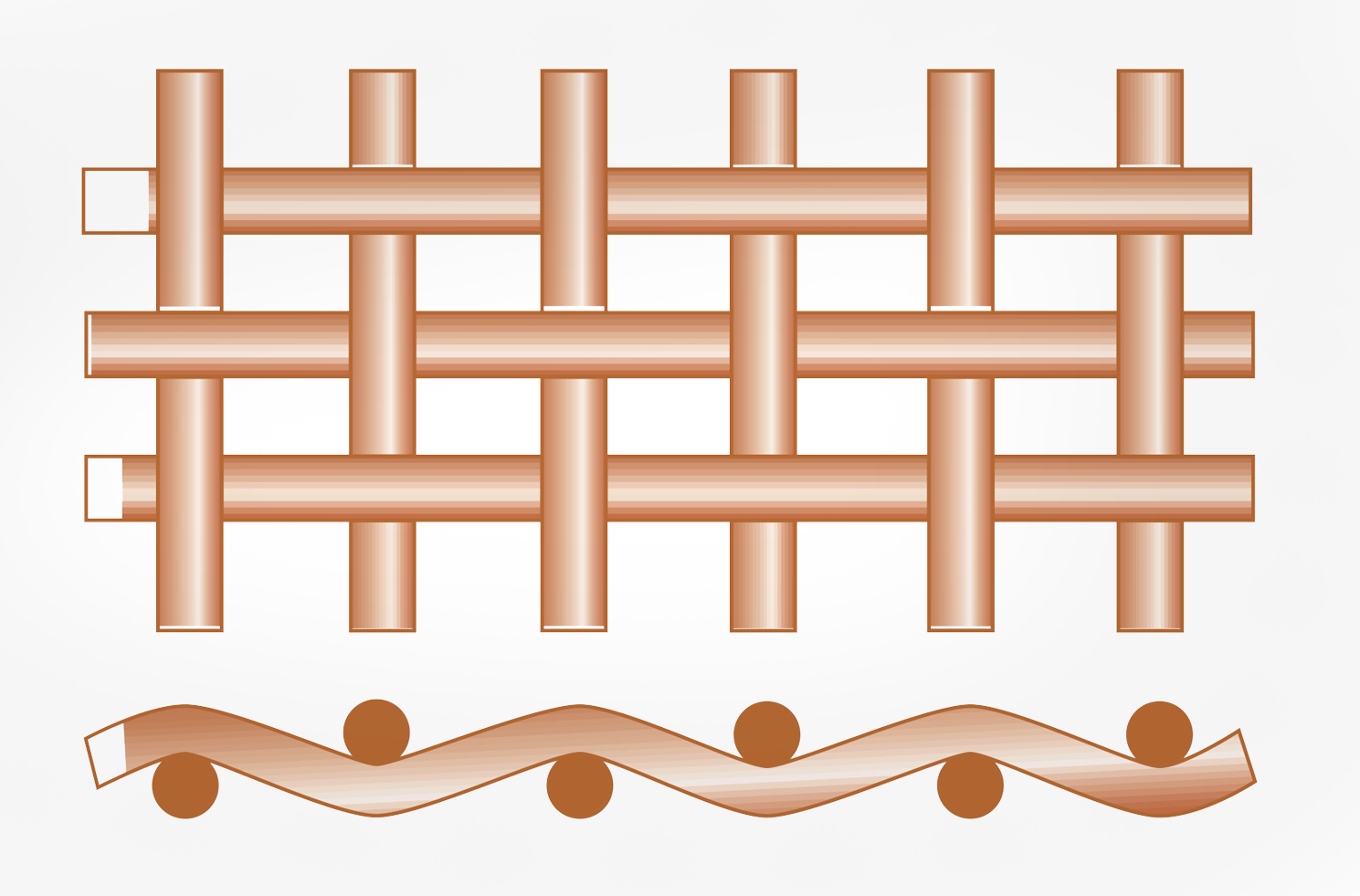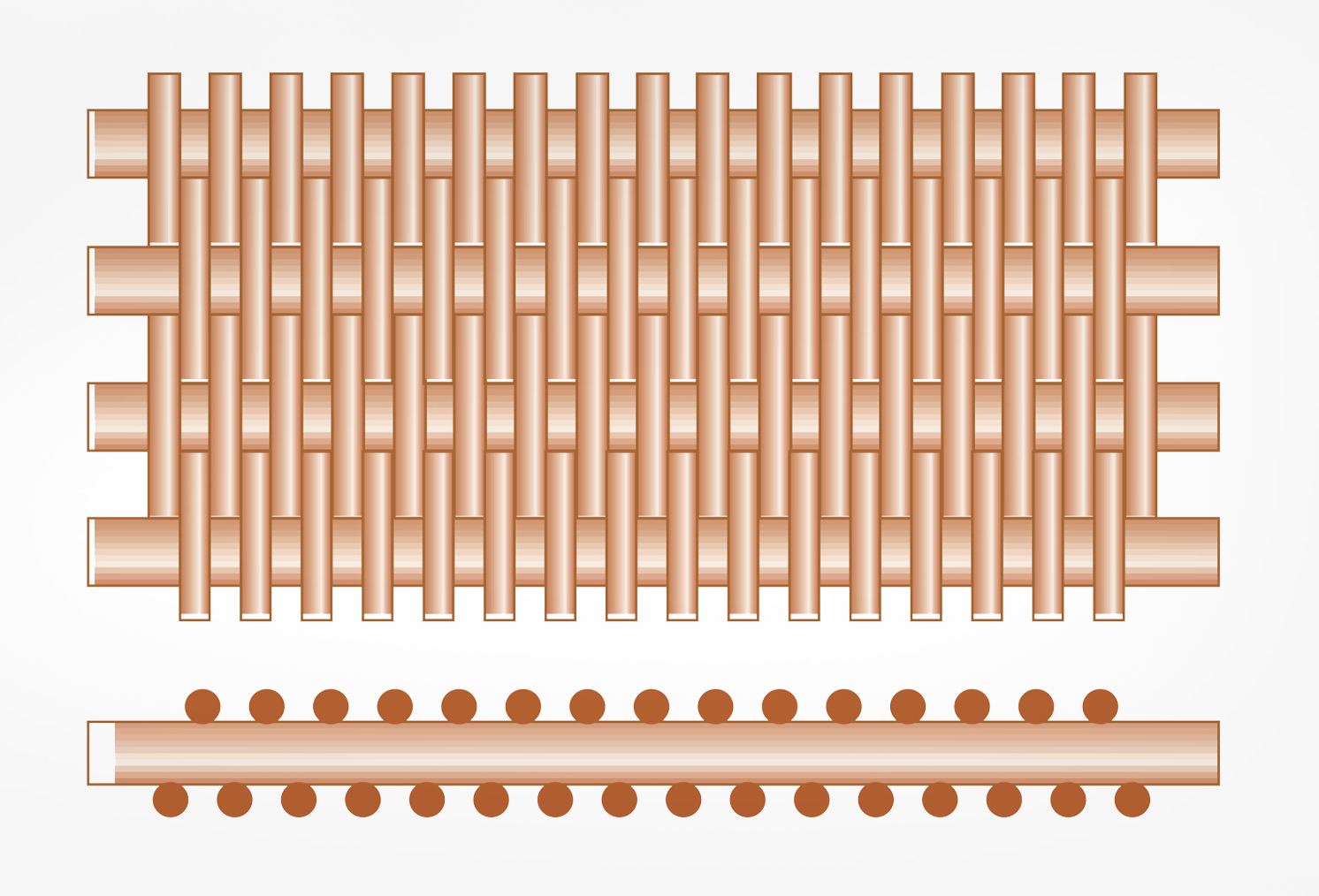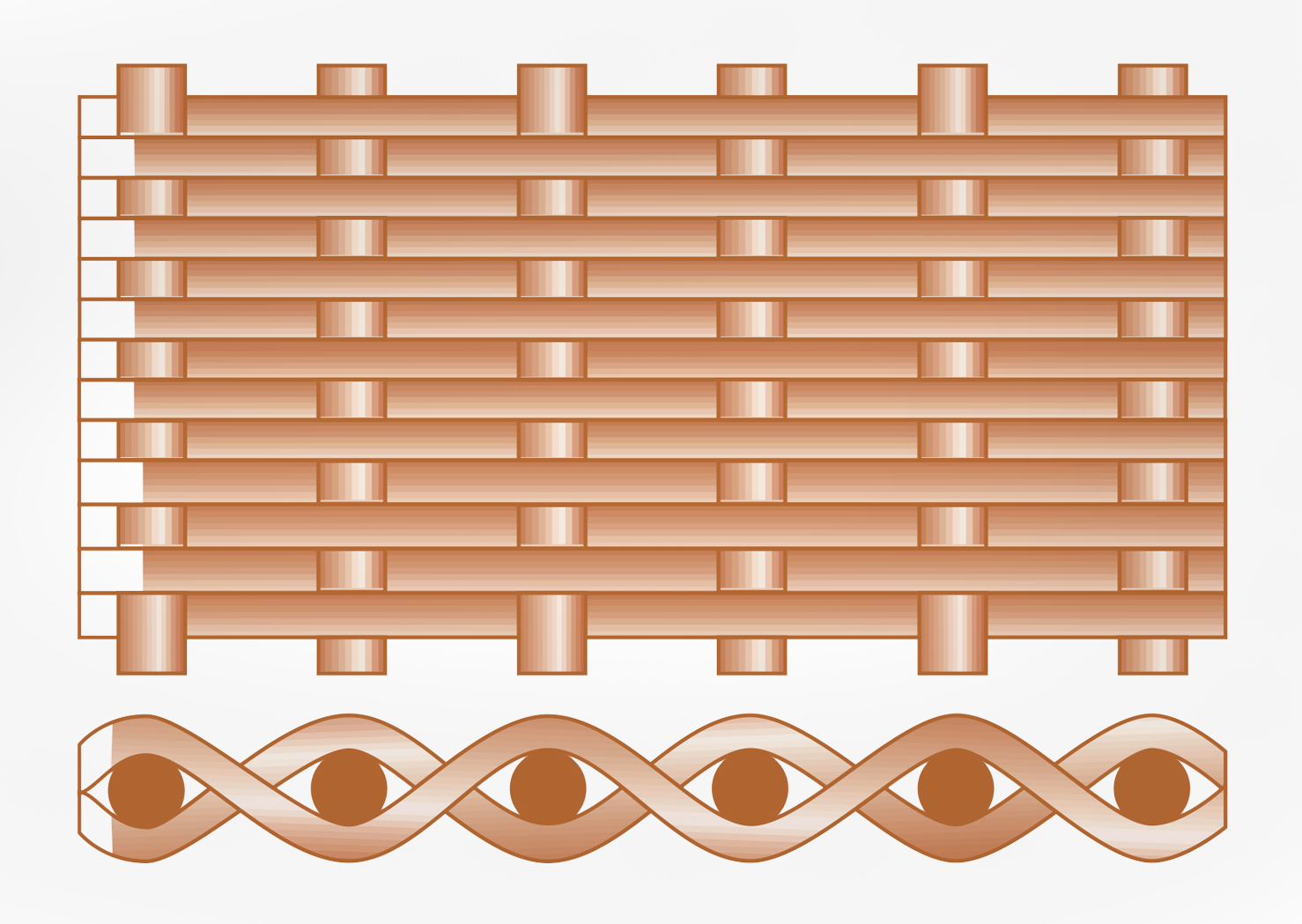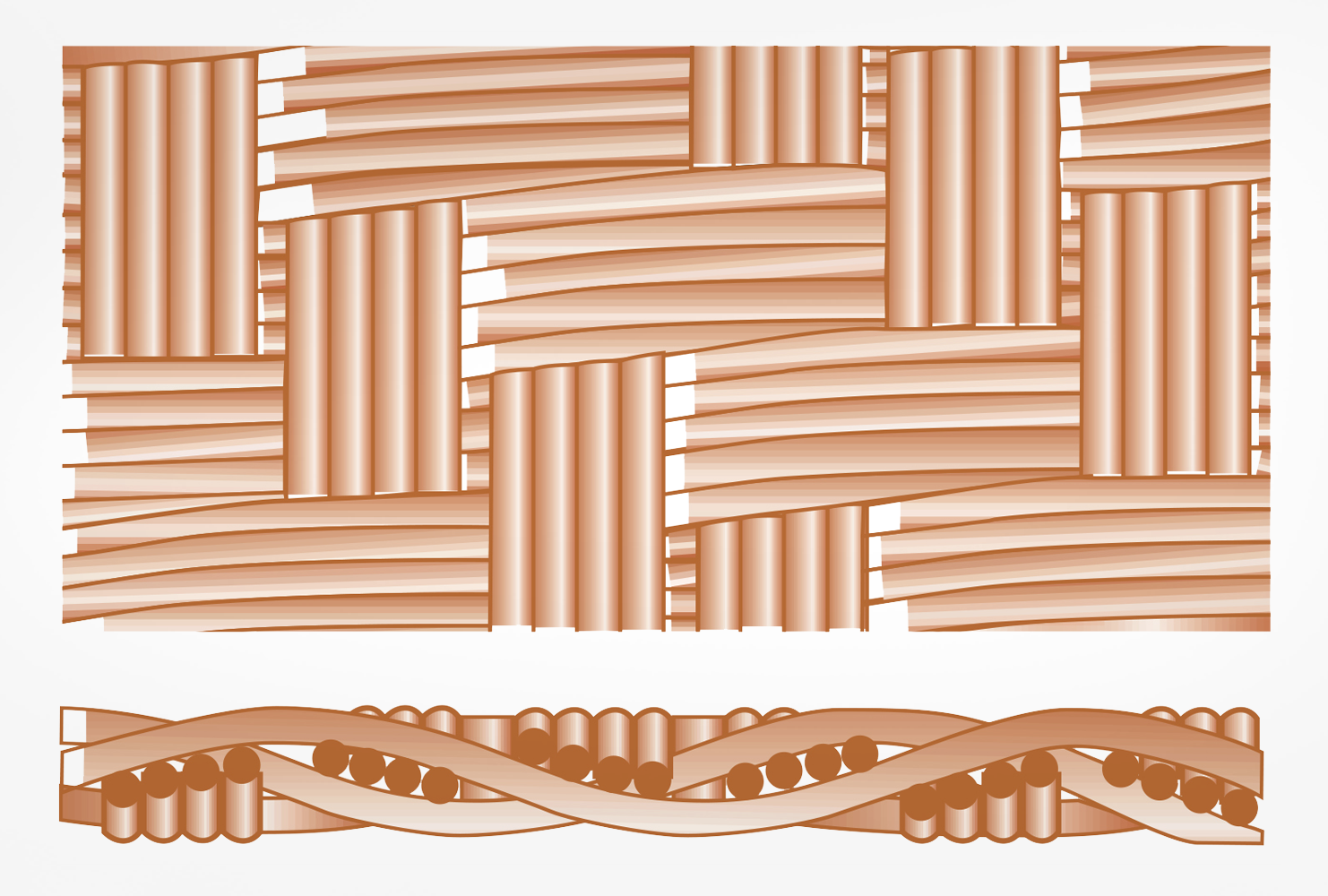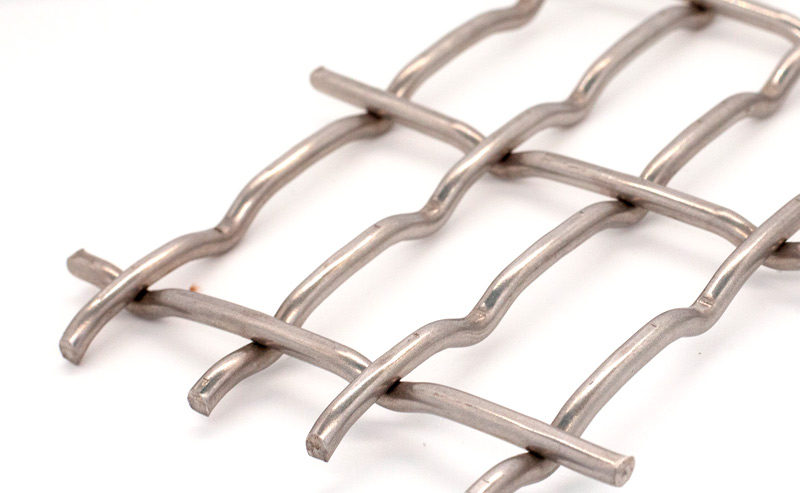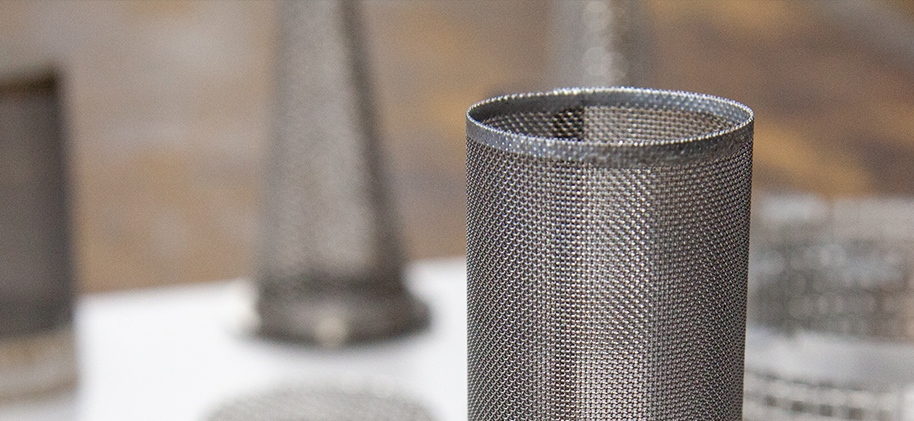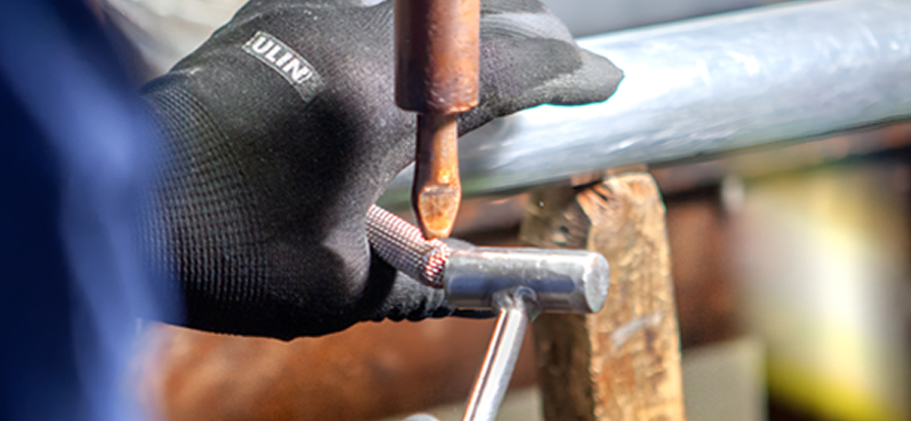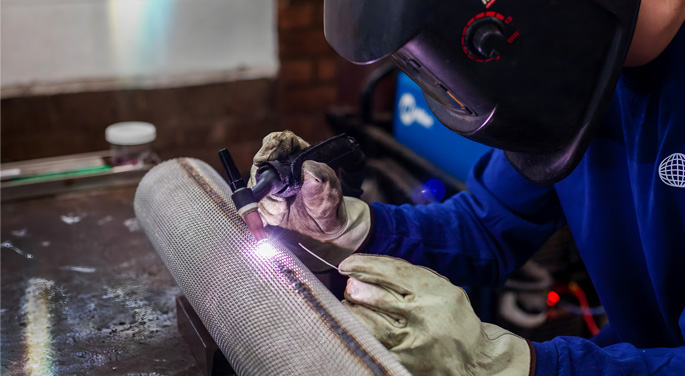Cleveland Wirecloth manufactures wire cloth from a variety of metals and alloys, depending on our customers’ specific needs. The environment in which the wire cloth will be used is usually the most important factor in determining the material to be used. For example, certain alloys can provide resistance to corrosive or oxidizing environments, while others offer enhanced strength, abrasion resistance or the ability to withstand extreme temperatures. The color or appearance of the wire cloth is still another consideration when it is used for architectural or other design purposes.
Our XRF analyzer is used for PMI (Positive Material Identification) to inspect and positively identify incoming raw materials before they are received into inventory. The inspection ensures the integrity of wire composition conforms to proper specifications. This is essential for quality control and full inventory traceability here at Cleveland Wirecloth. Learn more about specific raw materials.






